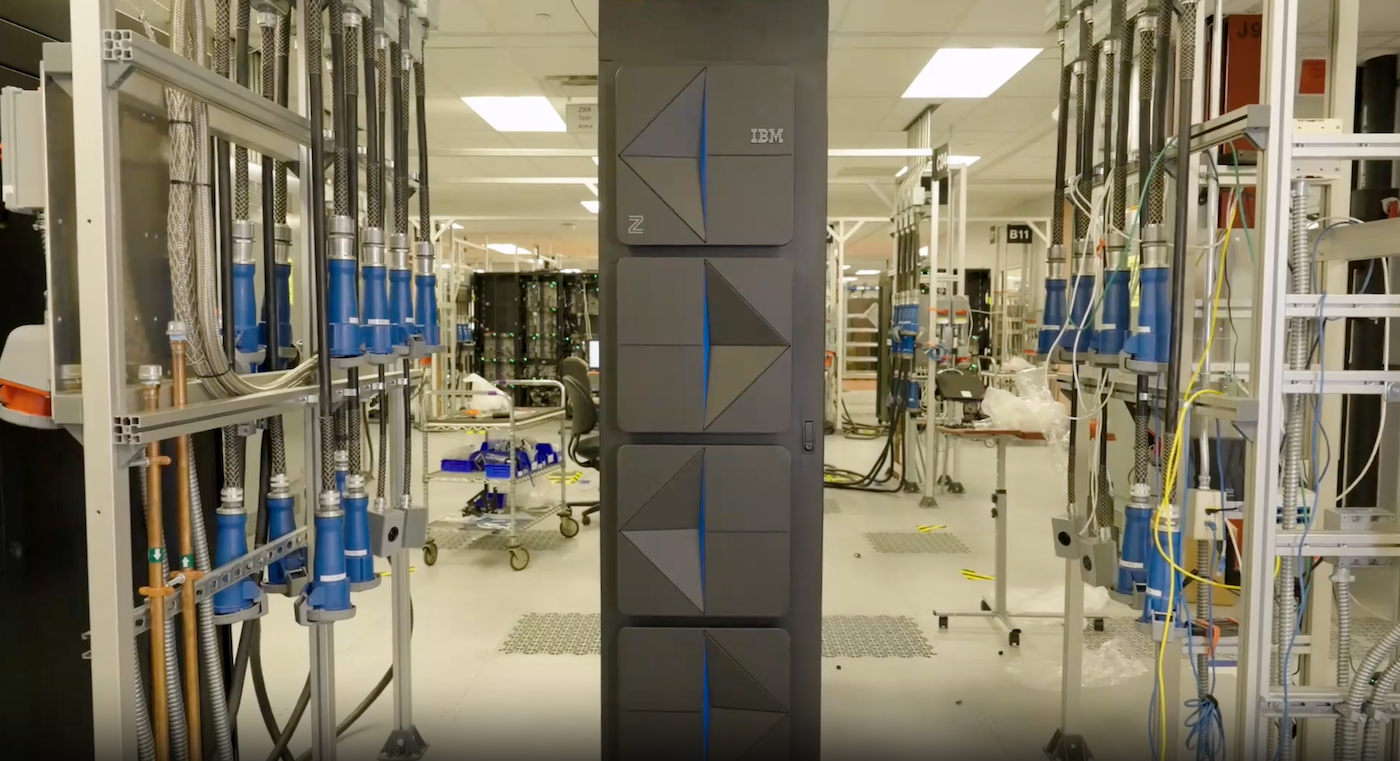
IBM on Tuesday announced the newest version of its famous mainframe: the IBM z17.
Powered by the latest IBM Telum II processor, IBM z17 culminates five years of research and development. It features AI capabilities across hardware, software, and systems operations.
“IBM Z is built to redefine AI at scale,” IBM said in the press release.
While mainframes are often seen as a throwback to older eras of computing, they are still used by large companies to process massive amounts of data. Many industries worldwide — including banking, insurance, retail, and telecommunications — still use IBM mainframes today.
SEE: IT Leader’s Guide to Generative AI From TechRepublic Premium)
New IBM mainframe puts AI first
The newest IBM mainframe was explicitly designed to better support AI features.
According to IBM, the z17 can process 50% more AI inference operations per day than the z16. The tech giant says the z17 has over 250 use cases, including managing chatbots and mitigating loan risk.
Some of the main AI tools offered by the z17 processor are:
- More inferencing capabilities: The z17 has increased frequency, greater compute capacity, and a 40% growth in cache. This enables more than 450 billion inferencing operations in a day and a one-millisecond response time.
- Accelerated computing: When it becomes available in the last quarter of 2025, the IBM Spyre™ Accelerator will augment the Telum II processor’s computation abilities, allowing the mainframe to run generative features such as assistants.
- Better user experience: z17 incorporates AI assistants and AI agents, such as IBM watsonx Code Assistant for Z and IBM watsonx Assistant for Z, to improve the user experience of IT teams and developers. Watsonx Assistant for Z will also be integrated with Z Operations Unite, providing live systems data for AI chat-based incident detection and resolution.
“The industry is quickly learning that AI will only be as valuable as the infrastructure it runs on,” said Ross Mauri, general manager of IBM Z and LinuxONE. “With z17, we’re bringing AI to the core of the enterprise with the software, processing power, and storage to make AI operational quickly. Additionally, organizations can put their vast, untapped stores of enterprise data to work with AI in a secured, cost-effective way.”

